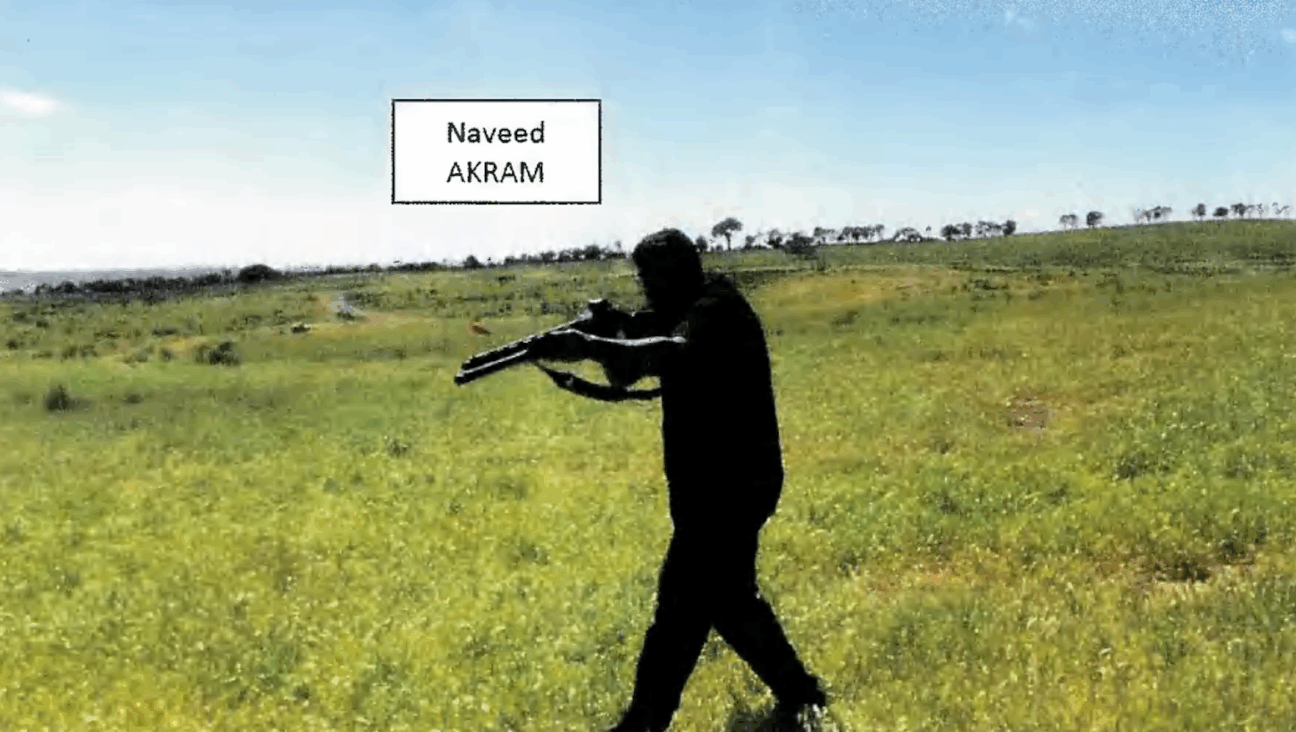An American in Cairo, Facing Tear Gas and Chaos, Tries To Find His Way Home

Graphic by Angelie Zaslavsky
On “Angry Friday” — January 28 — just as the demonstrations that rocked Egypt turned violent, I tried to make my way home.
After navigating side streets to avoid the suffocating clouds of tear gas that riot police shot into the sky with reckless abandon, I arrived at a key bridge over the Nile, only to find that protesters had blocked it with burning tires. I ran back along a side street, passing a hospital where doctors were tossing face masks from the windows to protect pedestrians from the gas. But I was unable to snatch one, so I kept winding my way through side streets, avoiding the tear gas’s full effect, only thanks to the fact that an activist had wiped my face with Coke only an hour earlier.
Finally, I arrived at an open subway station just on the outskirts of the downtown area. (Note to those on Manhattan’s Upper West Side: Even during a revolt, you can still catch the 1 line — just not in Times Square!) But when the train pulled into the station where I would have ordinarily transferred to another line, there were screams: “Don’t get off!” People started doing everything they could to pack into my train car, carrying their crying children while letting out walloping weeps of their own.
Apparently, a tear gas canister had fallen into the station, and people had been vomiting all over the tracks. So I took the subway one stop farther and got out at Ghamra, a neighborhood a bit to the north of downtown Cairo that Westerners rarely visit. As I exited the station, I saw yet another thousands-strong crowd of demonstrators defying the tear gas and heading all the way south toward Tahrir Square. I started wondering whether I would be begging for hospitality in Ghamra, of all places, that evening.
Yet after a few desperate tries, I found a taxi willing to take me home. The first five minutes were a dash, as we sped along an uncharacteristically barren highway, passing a few dozen spectators who were watching demonstrations down below. It was when we started approaching the Egyptian Museum area, just north of Tahrir Square, that all hell broke loose.
All at once, the highway was packed with people who were running in all directions, trying to avoid the billowing clouds of tear gas. The other side of the highway was blocked, so cars trying to avoid the chaos of Tahrir Square were suddenly coming straight at us in our own lane, narrowly avoiding a collision. People started banging on the windows, begging to get in to escape the effects of the tear gas, which was so overpowering that, even with our windows closed, the driver’s eyes began itching.
That was when we entered the war zone. As the taxi driver navigated delicately past swarms of people blocking our path, fearing that the crowd could turn on us with any false move, tear gas canisters started to fly directly over our heads from below the highway. One after the other, they twirled in the air like gorgeous John Elway spirals, letting off plumes of gaseous smoke that stung everything in their path as they fell among thousands of demonstrators. Meanwhile, some of the demonstrators responded in kind, chipping off pieces of the highway — a small chunk of the lane divided, a swab from the side rail — and pelting the police from above. And with predictable imprecision, the police responded with rocks of their own.
Somehow we made it past a demonstrator-controlled checkpoint on the October 6th Bridge, past downtown Cairo and onward to Dokki, in the western part of the city. When we arrived at my apartment, the driver let out a deep sigh and refused to take any money. But I insisted, since he’d possibly just saved my life.
Indeed, more than 100 people died, and thousands were injured, across Egypt on “Angry Friday,” and there was extensive structural damage. When I returned to Tahrir Square the next day, the downtown area was unrecognizable. Looters — many of whom were convicted felons that the regime had released from prison to wreak havoc on the protesters — had ransacked stores, destroyed ATMs and broken practically everything that hadn’t been shuttered. The streets were still packed with demonstrators, but nothing was open. It had become a well-populated ghost town.
Soon the looters would hit the surrounding neighborhoods, including my own. After a 5 p.m. curfew Saturday, shots suddenly rang out and people started screaming. All the neighbors turned on their lights to keep the streets lit, and a “neighborhood watch” was organized. But it was hardly the suburban, middle-aged-folks-in-fluorescent-yellow-vests “neighborhood watch” with which we’re all familiar. In my neighborhood, it consisted of teenagers brandishing pistols, swords and clubs, with 10-year-old wannabes following a few steps behind, clutching broomsticks. If it weren’t so depressing, it might have been adorable.
More important, the “neighborhood watch” was ineffectual. On Sunday, new chunks of the city were looted, and that night, the shooting near my apartment started earlier and seemed more intense. Children screamed, guns popped and — when this continued until the wee hours of the morning — I finally decided to be evacuated.
As we passed through the tank-run checkpoints surrounding Tahrir Square en route to the airport, we finally made our way along Salah Salem Road, yet another district of high-end stores that had been completely cleared and shuttered. It was hours before the 3 p.m. curfew, and a beautiful, sunny day, but the residents dared not leave their apartments.
It was at this moment that I thought back to only six days prior, when this kind of exit from Egypt — the capital of authoritarian stability — seemed unthinkable. While I was interviewing people the evening before these demonstrations commenced, a man in his mid-twenties said that he had no interest in participating. “Here, we’re able to walk around at all hours of the night. It’s safe,” he said. “We don’t want this to be Iraq.” It is something that others would paraphrase for me in the following days, as they expressed their shock at the extent of the looting: We’re not Iraq; the looters are not representative of us.
Maybe so. But there is something deeply disturbing about the swiftness with which a bustling, exciting city of the night — a mecca for tourists going back more than 1,000 years — can be so completely overtaken by lawlessness and fear.
Eric Trager is a doctorial candidate in political science at the University of Pennsylvania. He was a 2006–2007 Fulbright fellow in Cairo. Reach him at [email protected]















